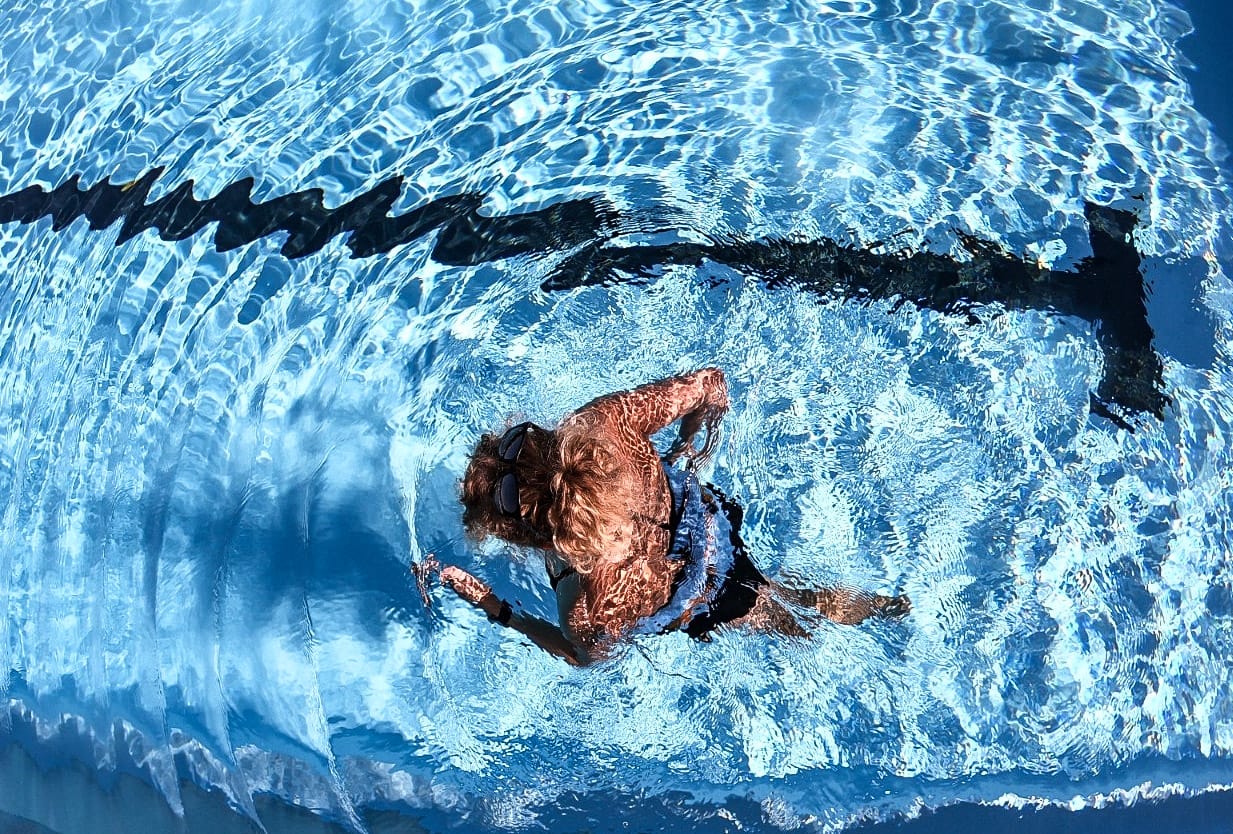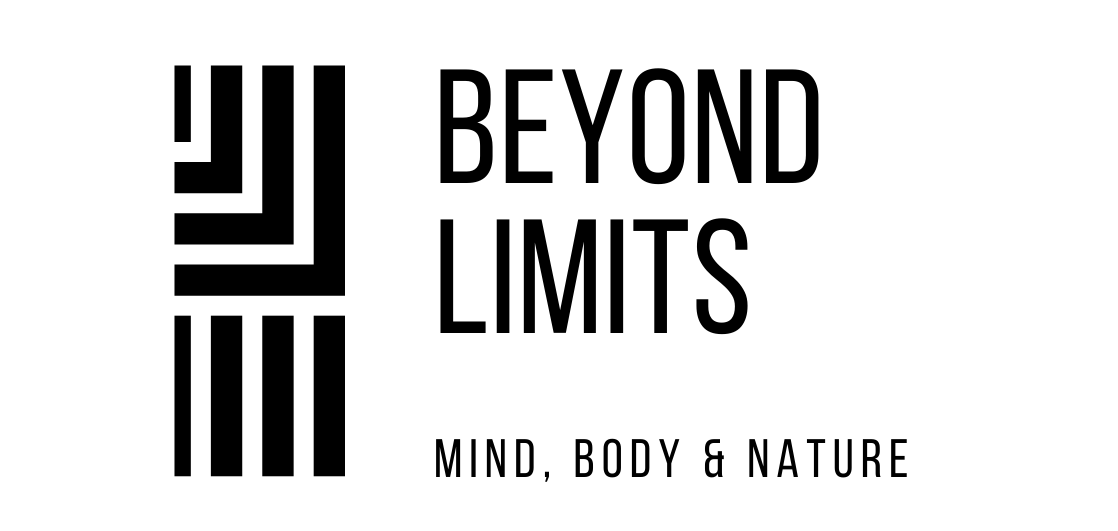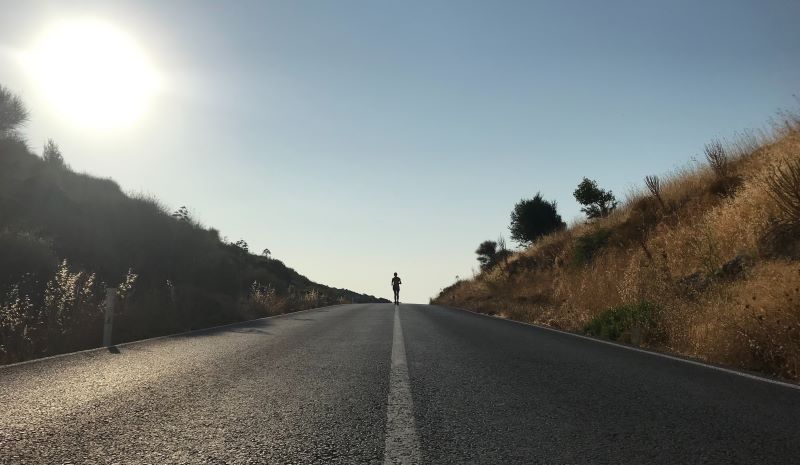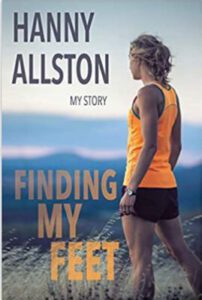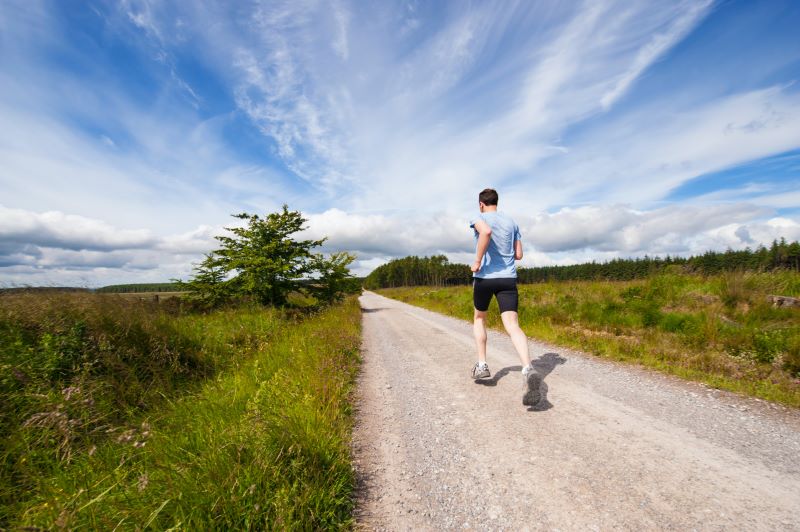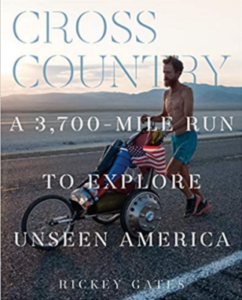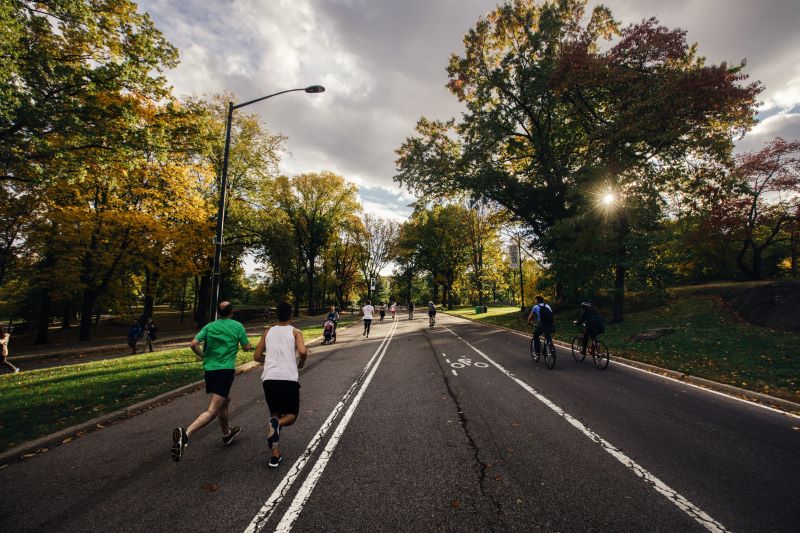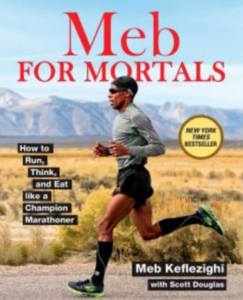Aqua Jogging: How and Why to Run in the Pool
- Home
- Blog
There are many synonyms for aqua jogging: water running, pool running, or deep water running. But no matter what word is used, some people are still hesitant to jump in the pool for an aqua jogging workout. So keep reading if that’s you 🙂
Why you should give aqua jogging a try (even if you’re not injured!)
When you start out with pool running, you might feel like you’re the only person in the pool that’s less than sixty years old. But don’t let yourself fool by that! Aqua jogging is not only an awesome way to maintain your fitness while being injured, but it’s also a great alternative for land running. Here are some more reasons to try it:
- Injury: Aquajogging is considered safe for almost any kind of injury since it is a non-weight-bearing activity.
- Cross Training: Next to cycling and swimming, aqua jogging is a great way to mix up your training.
- Recovery: The day after a hard workout, just jump in the pool for an easy water run!
- Improvement of Running Form: As you have to work against the water, your muscles get used to more resistance. When you get back to running on land, you’ll notice that it feels much easier
How elite runners use aqua jogging
Thanks to aqua jogging, some professional runners have come back stronger than ever after a period of injury.
- Tina Muir qualified for the National Championships after a month long break from running and only six weeks of land running at drastically reduced mileage.
- US-marathoner Meb Keflezighi used aqua jogging as cross-training once or twice a week.
- Deena Kastor, who holds American records on several distances, won the 2005 Chicago marathon after training on an underwater treadmill for more than a month.
- Dieter Baumann won Olympic Gold at the 5k race in Barcelona after completing most of his workouts in the pool because of Achilles tendonitis. (Click here to see an epic sprint finish!)
How to start pool running
If you don’t have access to an aqua jogging belt or vest, you can certainly go without. However, it takes away from running specificity, as you have to kick more downwards so that you stay afloat. So if you’ll spend a lot of time in the pool, I’d recommend you buy a floatation belt (especially if you’re an insecure swimmer). That way, you can fully concentrate on implementing the right form. Make sure you’re in the deep end of the pool where your feet can’t reach the floor.
As a complete beginner, start out with 20 or 25 minutes for about a week so that your body can get used to running against water resistance. Make sure that your breath is regular and you’re not holding it unconsciously. You might also feel some soreness in the hip flexor at first because it’s working harder as your pushing against the water. You also shouldn’t worry about the intensity or your heartrate at first. It’s much more important that you get used to the correct form so that you get the most out of your aquajogging workouts. If you like swimming, you could alternate between pool running and swimming in intervals of ten or twenty minutes. That way, you’ll get a longer workout in.
Once your body is accustomed to the movement, you can start increasing the duration and intensity of the workout. If you’re using a heart rate monitor, keep in mind that your heart rate will be about ten percent lower than on land.
The right form
When an injury is keeping you from running on land, aqua jogging is the closest you can get to running without the pounding. That also means that the right form is as important in the pool as it is on land.
- Imitate your running form: To get the maximum out of aqua jogging, try to imitate your running form as best as possible.
- Don’t lean forward: Make sure you’re not leaning forward too much without noticing. Just imagine there’s a cup of water on the top of your head that should not fall down.
- High knees: Get your knees up as if you were running up stairs.
- Midfoot strike: From the high-knees-position, imagine making a midfoot strike so that your foot lands on imaginary ground right under your hips.
- Hip extension: Push your leg backward. The most common mistake when aqua jogging is a short hip extension. As this is the most important part of your running form, don’t forget about that!
- Forget about pace and distance: The slower you go, the more efficient you are.
- Increase your cadence: If you want your workout to be more intense, increase your cadence rather than the speed at which you’re moving in the water.
Aqua Jogging Workouts
If you’ve already tried pool running, you might know what I’m talking about: Each time you take a look at your watch, only one or two minutes have passed, while you could have sworn it felt like five minutes. Pool running can be boring, but there are definitely ways to make it more exciting.
- Bring a friend: Social aqua jogging definitely makes an equally good workout as going on a run with friends.
- Listen to music: My personal favorite is listening to music because it also makes it easier to find into the right intensity. Moving your legs fast in the water gets a lot easier when you’re listening to equally fast music. Check out this post, if you need aqua jogging workouts with music.
- Listen to an audiobook or podcast: For long (water) runs, this is a great alternative to music. Just tune in to an interesting podcast or audiobook and 90 minutes will pass like nothing!
Post Tags
About The Author
I did my debut triathlon on a pink kid’s bike with training wheels at 6 years old. That’s where my love for the sport was born, but it would take another decade until I figured out that I wanted to combine my passions for sports and writing.
Book Reviews
Disclaimer
All resources and information shared on this website are only for informational purposes and aren’t intended to diagnose, treat, or cure any condition or disease.

